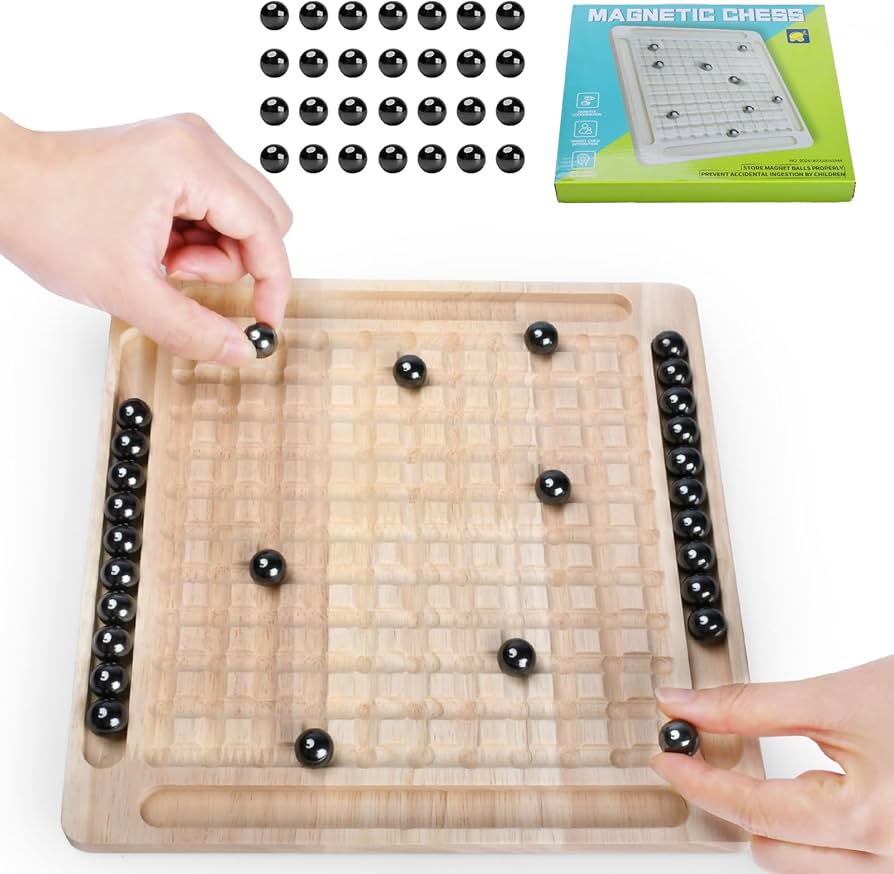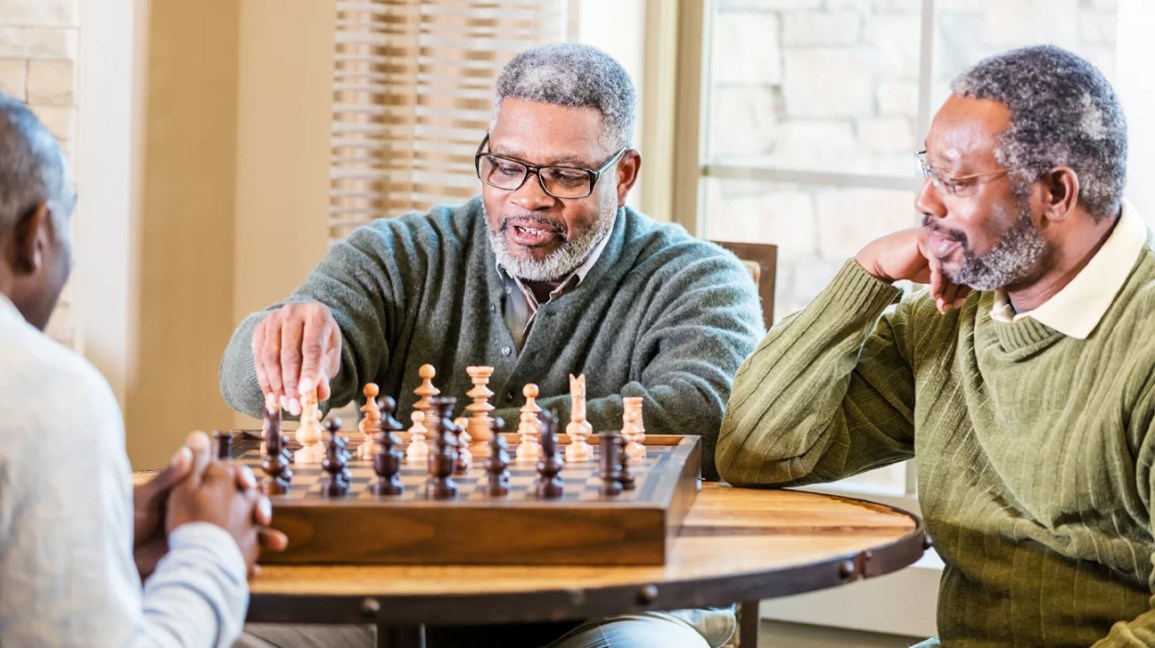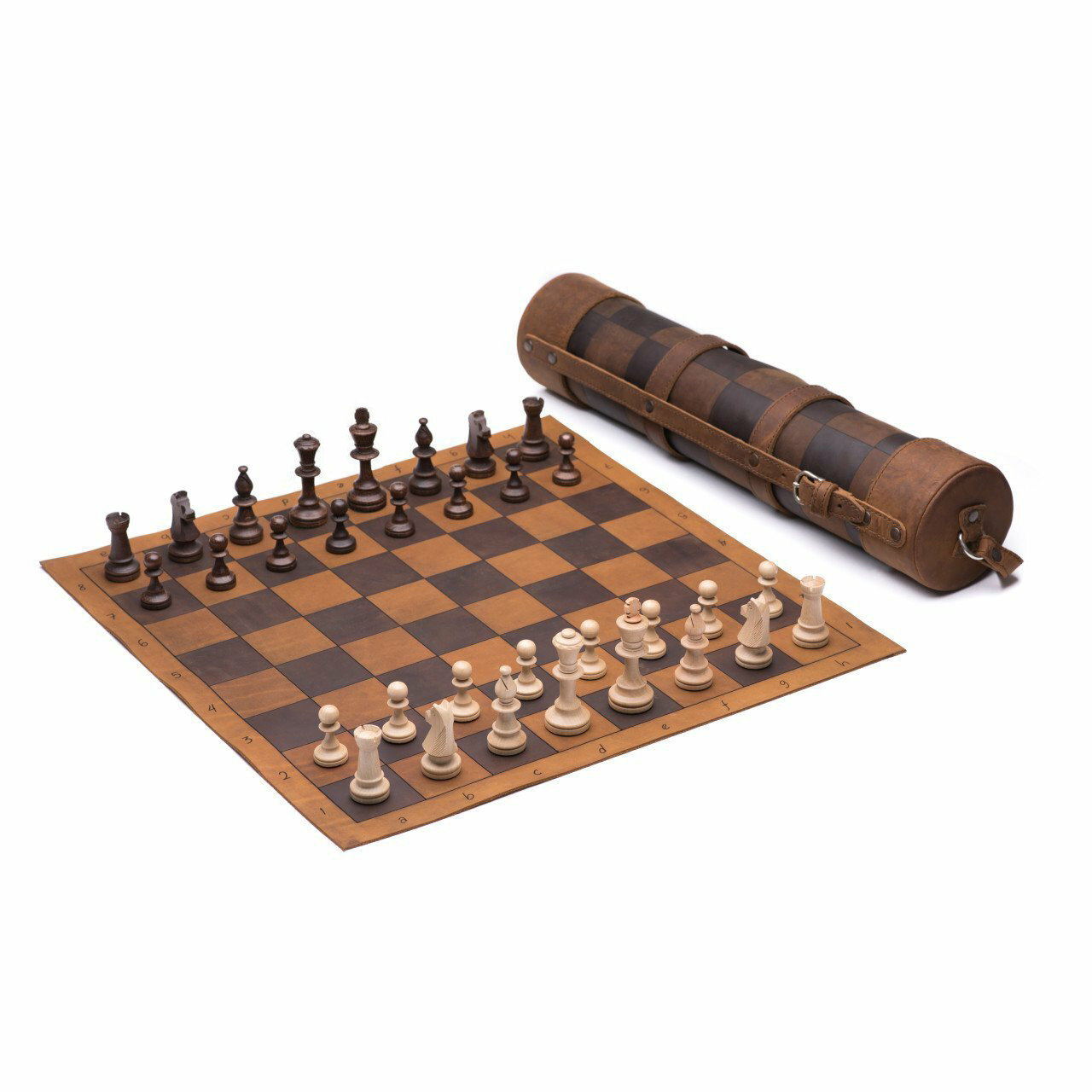Chess is a game of strategy. Every move matters. Understanding endgames is crucial. In this article, we will explore two important concepts: Opposition and Zugzwang.
What are Pawn Endgames?
Pawn endgames happen when few pieces remain. Mostly, only pawns and kings are left. These situations are common in chess. Mastering them can lead to victory.
Understanding Opposition
Opposition is a key concept in pawn endgames. It is a situation where kings face each other. They are separated by one square. The player who does not have the move has the opposition.
Types Of Opposition
There are three types of opposition:
- Direct Opposition
- Diagonal Opposition
- Distant Opposition
Direct Opposition
Direct opposition occurs when kings are on the same file or rank. They are separated by one square. The player who moves last has the advantage. This is because the other player must move their king first.
Diagonal Opposition
Diagonal opposition is similar to direct opposition. The kings are on diagonal squares, separated by one square. The same principle applies. The player who does not move first has the advantage.
Distant Opposition
Distant opposition is a bit more complex. Kings are separated by more than one square. The same rules apply. The player who moves last has the advantage. The opposition can be direct or diagonal after some moves.
What is Zugzwang?
Zugzwang is another important concept. It means “compulsion to move” in German. In chess, it is a situation where any move made is a disadvantage. The player forced to move is in a losing position.
Examples Of Zugzwang
Let’s consider a simple example. Imagine a pawn is on the seventh rank. The opponent’s king is in front of it. The player with the pawn has the move. If it is their turn, they can promote the pawn. The opponent’s king must move away. This is an example of Zugzwang.
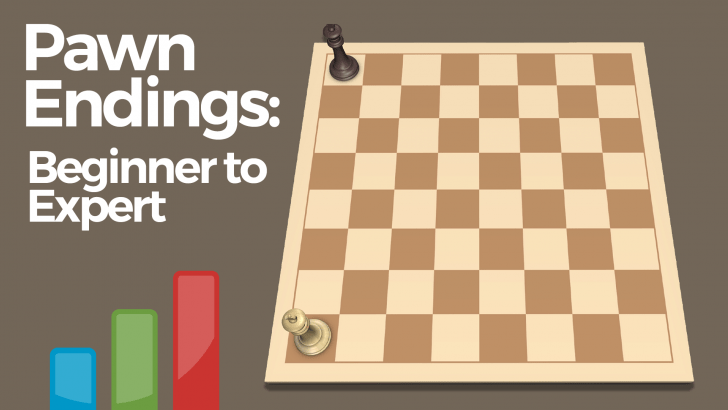
Credit: www.chess.com
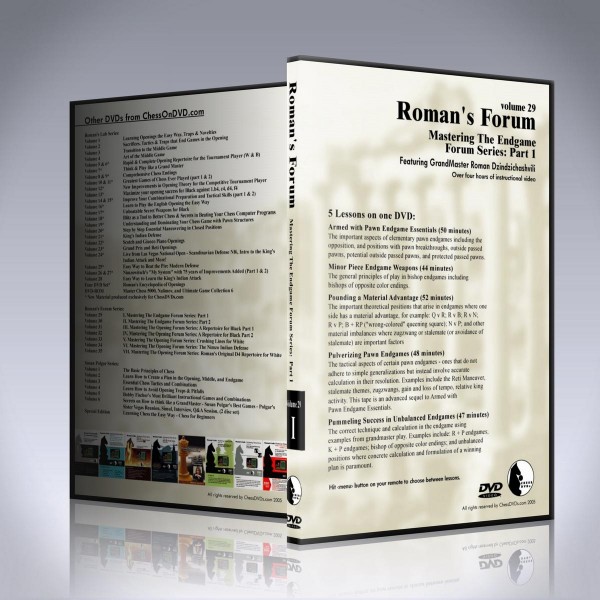
Credit: thechessworld.com
How to Use Opposition and Zugzwang
Understanding these concepts can help you win games. Here are some tips:
- Practice recognizing opposition positions.
- Learn to force your opponent into Zugzwang.
- Keep your king active in endgames.
- Control key squares with your king and pawns.
Practice Recognizing Opposition Positions
Opposition is a powerful tool. Practice makes perfect. Try to recognize opposition positions in your games. Understand when you have the advantage.
Learn To Force Your Opponent Into Zugzwang
Forcing your opponent into Zugzwang can win you the game. Look for opportunities to do this. It often happens in endgames. Study examples and practice them.
Keep Your King Active In Endgames
An active king is crucial in pawn endgames. Try to move your king towards the center. Control important squares. This can make a big difference.
Control Key Squares With Your King And Pawns
Controlling key squares is important. Use your king and pawns to do this. It can help you gain the advantage. Practice this in your games.
Common Mistakes to Avoid
Even good players make mistakes. Here are some common mistakes to avoid:
- Not recognizing opposition positions.
- Moving your king too far from the action.
- Failing to see Zugzwang opportunities.
Not Recognizing Opposition Positions
This is a common mistake. Always be aware of opposition positions. Missing them can cost you the game.
Moving Your King Too Far From The Action
Your king is very important in endgames. Keep it close to the action. Moving it too far can be a big mistake.
Failing To See Zugzwang Opportunities
Zugzwang can be a game-changer. Always look for opportunities to put your opponent in Zugzwang. Missing these chances can be costly.
Conclusion
Chess pawn endgames are fascinating. Understanding Opposition and Zugzwang is key. Practice these concepts. Recognize them in your games. Keep your king active. Control key squares. Avoid common mistakes. With practice, you will improve. Enjoy playing chess!

